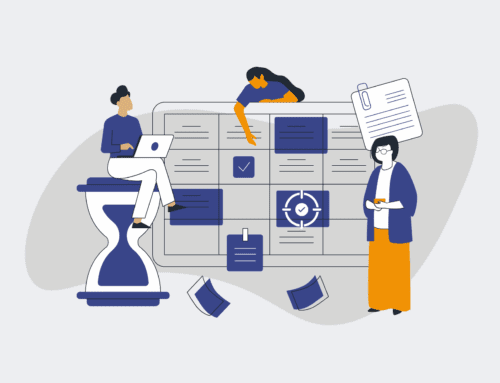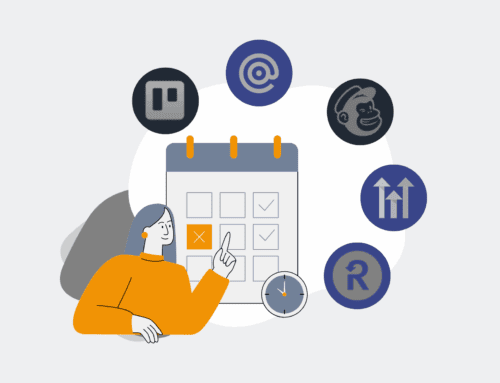A Recruiter’s Guide to Training and Fine-Tuning Your AI Resume Parser for Optimal Performance
In today’s competitive talent landscape, an AI resume parser is more than a convenience—it’s a critical tool for efficiency and precision. However, out-of-the-box solutions rarely deliver peak performance. To truly transform your talent acquisition process and save countless hours, strategic training and continuous fine-tuning are essential. This guide outlines the actionable steps recruiters can take to optimize their AI parser, ensuring it accurately identifies top talent, reduces bias, and aligns perfectly with their unique hiring needs. Unleash the full potential of your AI investment and streamline your recruitment workflow.
Step 1: Define Your Parsing Objectives and Key Performance Indicators (KPIs)
Before you begin training, clearly articulate what you want your AI parser to achieve. Are you primarily focused on extracting contact information, identifying specific skills, filtering by experience level, or detecting cultural fit indicators? Define success metrics such as parsing accuracy rate, reduction in time-to-screen, candidate quality score improvement, or a decrease in false positives/negatives. Establishing these objectives upfront provides a clear roadmap for training and allows you to measure the effectiveness of your fine-tuning efforts. This foundational step ensures that every subsequent action is aligned with your strategic recruitment goals, making your AI an intelligent extension of your team rather than just a data extraction tool.
Step 2: Curate a Diverse and Representative Training Dataset
The quality and diversity of your training data directly impact your parser’s performance. Gather a comprehensive dataset of resumes that accurately reflect the range of candidates you typically encounter, including varied formats, layouts, demographics, and skill sets across different industries and roles. Include examples of resumes from successful hires, as well as those that were not a good fit, to teach the AI what to look for and what to disregard. Ensure your dataset is free from personally identifiable information (PII) if sensitive data regulations apply. A robust, unbiased dataset is crucial for preventing discriminatory outcomes and ensuring your AI learns to identify valuable candidates equitably, minimizing inherent biases often present in historical hiring data.
Step 3: Conduct Initial Model Training and Baseline Performance Assessment
With your objectives set and data prepared, initiate the first round of training for your AI resume parser. Most AI platforms offer a way to upload your curated dataset and begin the learning process. Once the initial training is complete, assess its baseline performance against your defined KPIs. Use a separate validation set (resumes not included in the training data) to test its accuracy in extracting information, categorizing candidates, and flagging relevant keywords. Document these initial results thoroughly, noting areas where the parser excels and where it falls short. This baseline provides a crucial reference point for measuring progress and identifying specific functionalities that require further attention and fine-tuning.
Step 4: Implement Iterative Feedback Loops and Data Annotation
AI models improve significantly with continuous human feedback. Establish a process for your recruiting team to review the parser’s output and provide corrections. This might involve manually correcting extracted data fields, tagging missing information, or reclassifying resumes that were incorrectly processed. Many advanced AI parsing tools offer user interfaces for this annotation process. Each correction serves as a new training example, refining the model’s understanding. Implementing these iterative feedback loops transforms your team into active participants in the AI’s learning journey, ensuring the parser continuously adapts to new resume styles, emerging job titles, and evolving industry terminology, thereby increasing its accuracy over time.
Step 5: Fine-Tune with Specific Ontologies and Domain Knowledge
Generic AI parsers often miss the nuances of specialized roles or industries. To achieve optimal performance, fine-tune your model with custom ontologies, glossaries, and domain-specific knowledge. This involves explicitly teaching the AI about industry-specific jargon, alternative skill names (e.g., “SQL” vs. “Structured Query Language”), certifications, and common acronyms relevant to your target positions. For example, if you recruit for tech, ensure it recognizes variations of coding languages or niche frameworks. This focused fine-tuning allows the parser to move beyond basic keyword matching, developing a deeper contextual understanding that significantly enhances its ability to identify highly specialized and qualified candidates, even from less conventional resume formats.
Step 6: Integrate with Your ATS/CRM and Workflow Automation
The true power of an optimized AI resume parser lies in its seamless integration with your existing Applicant Tracking System (ATS) or Customer Relationship Management (CRM) platform. Configure your parser to automatically feed extracted data into the appropriate fields within your systems, triggering subsequent automated workflows. This might include creating candidate profiles, tagging skills, initiating automated email sequences, or even scheduling initial screening calls based on predefined criteria. Leverage automation platforms like Make.com to connect disparate systems, ensuring data flows effortlessly and actions are taken promptly. This integration not only eliminates manual data entry but also accelerates your entire recruitment cycle, allowing your team to focus on high-value candidate engagement.
Step 7: Continuous Monitoring, A/B Testing, and Performance Analytics
AI is not a “set it and forget it” solution. Regularly monitor your parser’s performance through analytics dashboards, tracking key metrics like parsing accuracy, speed, and candidate matching quality. Conduct A/B tests with different parser configurations or updated training data to identify which adjustments yield the best results. As your hiring needs evolve and new technologies emerge, you may need to retrain or update your model. Staying proactive with continuous monitoring and analysis ensures your AI parser remains a cutting-edge tool that consistently delivers optimal performance, saving your team valuable time and connecting you with the best talent available.
If you would like to read more, we recommend this article: The Intelligent Evolution of Talent Acquisition: Mastering AI & Automation









